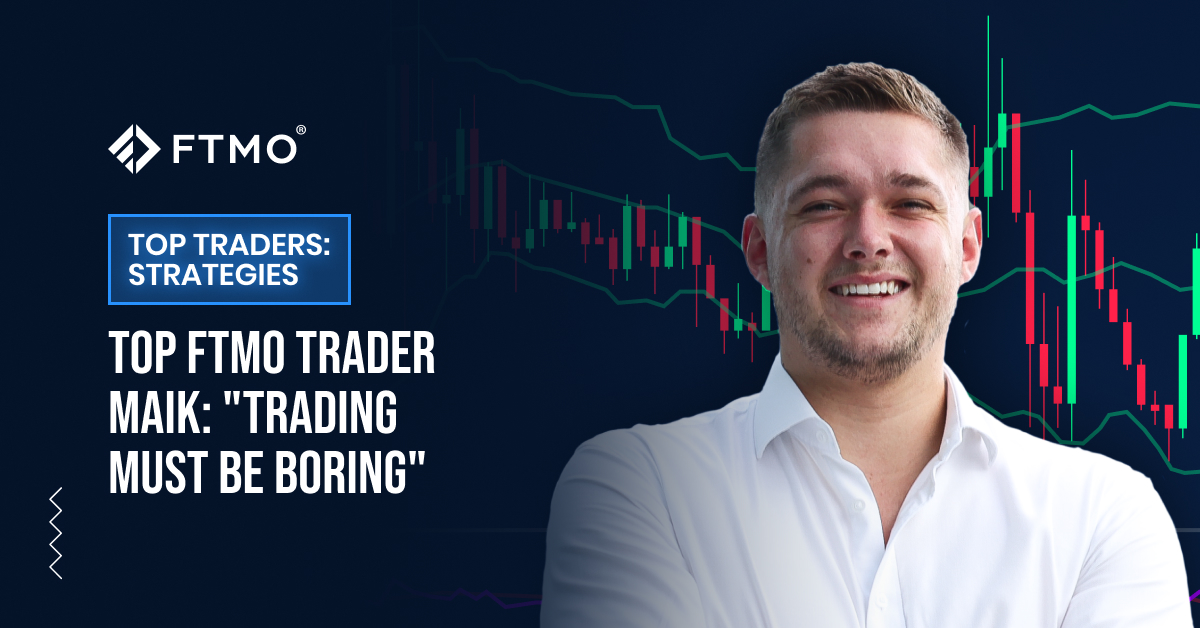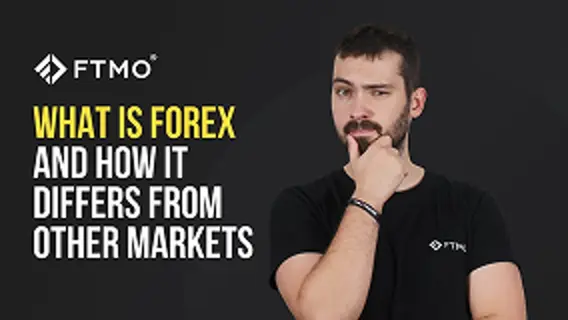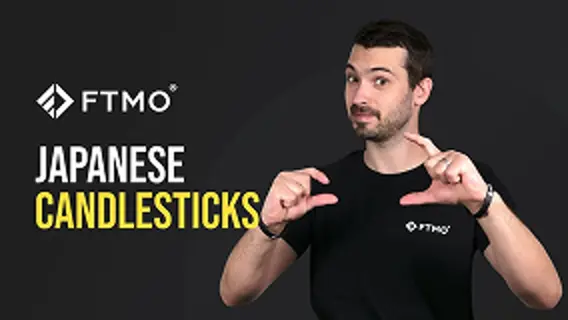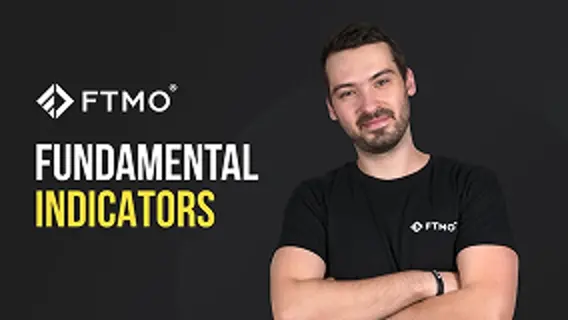
Top FTMO Trader Maik: "Trading must be boring"
We have another part of our series on successful FTMO Traders who have made impressive profits or were able to achieve consistent results.
Trader Maik manages two $200,000 FTMO Accounts and has already earned more than $100,000 in total in Rewards. He started trading about six years ago, and like many traders before him, he was part of a Telegram group where signals and the like were discussed. Although it was probably a scam, he saw a lot of potential in trading.
He hasn't spent much time on the demo account, he thinks it's a good way to try out the platform, but it's good to trade with real money as soon as possible. The basis of success in trading is psychology and one simply does not experience the same emotions in a demo account as in a real money account.
Unlike most traders, he didn't lose all his money at the beginning of his trading career, but he did lose money, of course. The biggest problem for him was the psychological side, which is why he made just about every mistake he could have made in that regard. It took him two years to solve this problem and he was able to close trades that did not work out in his favour.
Today, he has developed a trading plan and risk management rules and sees trading more as a routine. As he says, "trading must be boring". So today, he uses the same strategy every time, has the same mindset, looks for the same market signals, uses the same rules and never risks more than his rules dictate.
Today he trades with both FTMO and a normal broker because it provides him with more opportunities. Getting used to the large volumes he trades today was a bit more difficult, but after a few weeks he got used to it. The bottom line is that he always calculates profit or loss as a percentage and doesn't look at the volume of money.
Technicals and Fundamentals
He uses both technicals and fundamentals when trading. By watching the news and the calendar, he is able to stay in trades much longer and make much more money. He makes one or two trades in a day and holds positions for hours, and he can ride longer trends thanks to the fundamentals that he believes move the market the most. He then uses technical analysis and price action to time his entries and exits.
Currently, he trades mainly gold (XAUUSD) and the DAX index (GER40.cash) and sometimes the S&P 500 index (US500.cash). He could trade more instruments with his system, but he says that is unnecessary because watching multiple charts at once would put unnecessary pressure on him. Fewer instruments give him more mental comfort and he can focus more on them, which in turn gives him a better opportunity to make profitable trades.
Top-down approach and Fibonacci
When deciding to enter a trade, it is important for him to follow the price movement on a larger number of time zones. He needs to see market events in the broader context provided by higher time frames (for example, the underlying trend). Then, of course, he looks at the calendar, in which he sees important news that may indicate the continuation of a trend or its end.
On the lower time frames, he then uses tools such as Fibonacci retracements, moving averages, and of course classic price action to make decisions, which serve him both in his entries and in setting Stop Loss and Take Profit levels. He doesn't always set the RRR the same way, depending on the market or the news, but he always sets it at least at 2:1 in favour of profit. This allows him to be successful over the long term even when his trade success rate is less than 50%.
He closes trades on the same day and does not hold them overnight. He has done this in the past, but it has only led to poor sleep and when he only holds trades during the day it helps him, especially psychologically. It's one of the rules he never breaks, just like entering an SL and TP and sticking to the plan. Other traders who can't maintain long term profitability have a problem precisely because they can't be disciplined, which negatively affects their emotions.
He spends an hour or two a day trading and looking at charts, but he doesn't have an exact time when he trades. So if he sees an opportunity in the morning, he will execute the trade; if the opportunity comes in the afternoon, he has no problem.
People trade with the money they need
One of the main problems for many traders, according to Maik, is that they want to make money too quickly, and also that they trade with money they need. This puts unnecessary pressure on them, which leads to failure, which then adds to that pressure. FTMO is definitely a good solution for them that allows them to trade without using their money. This then has a good effect on their psyche and mindset. With more funds, the trader can trade less and still make the desired profit.

About FTMO
FTMO has developed a two-step evaluation process to find trading talents. Upon successful completion, you may be eligible for an FTMO Rewards Account with a balance of up to $200,000 in simulated funds. How does it work?













